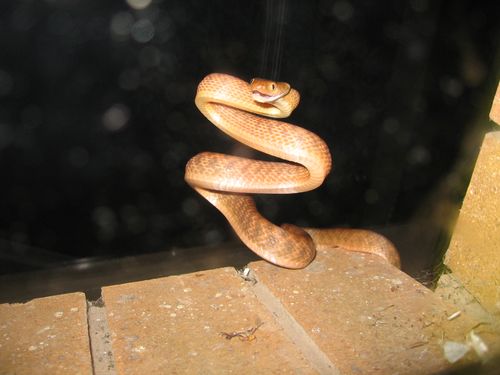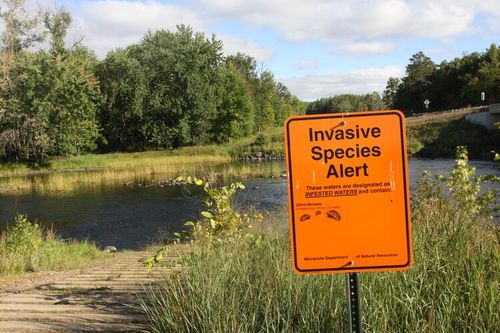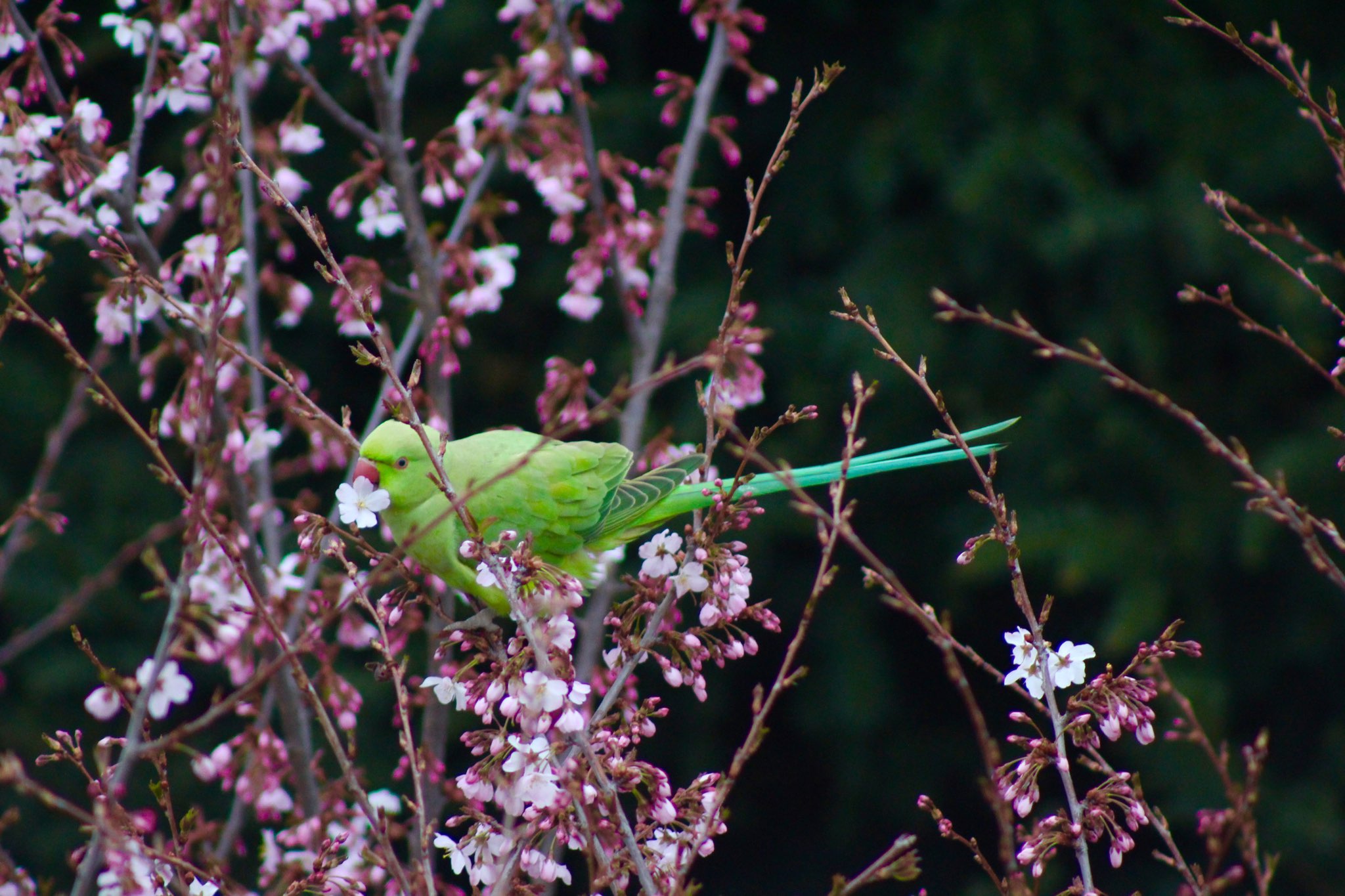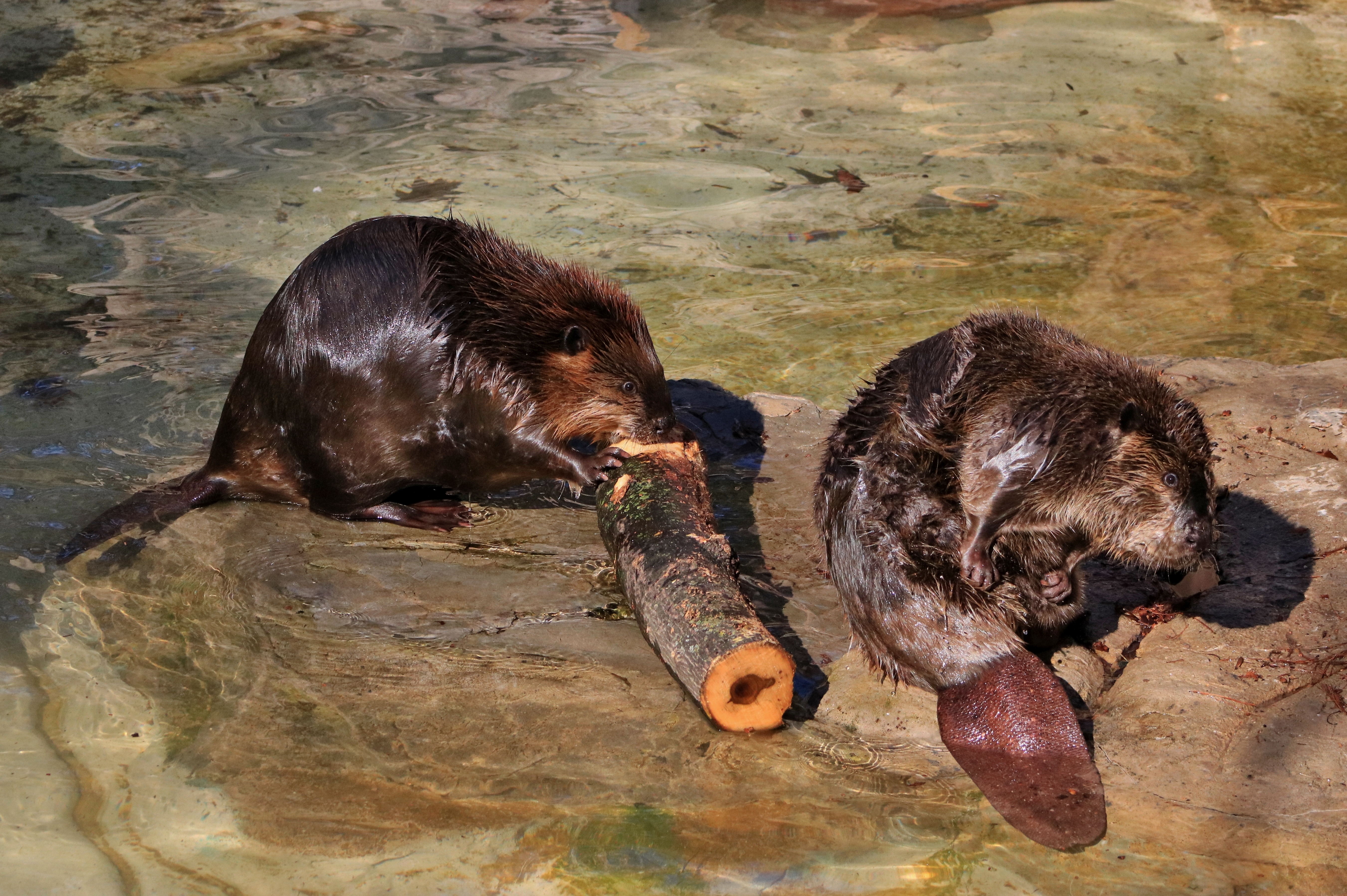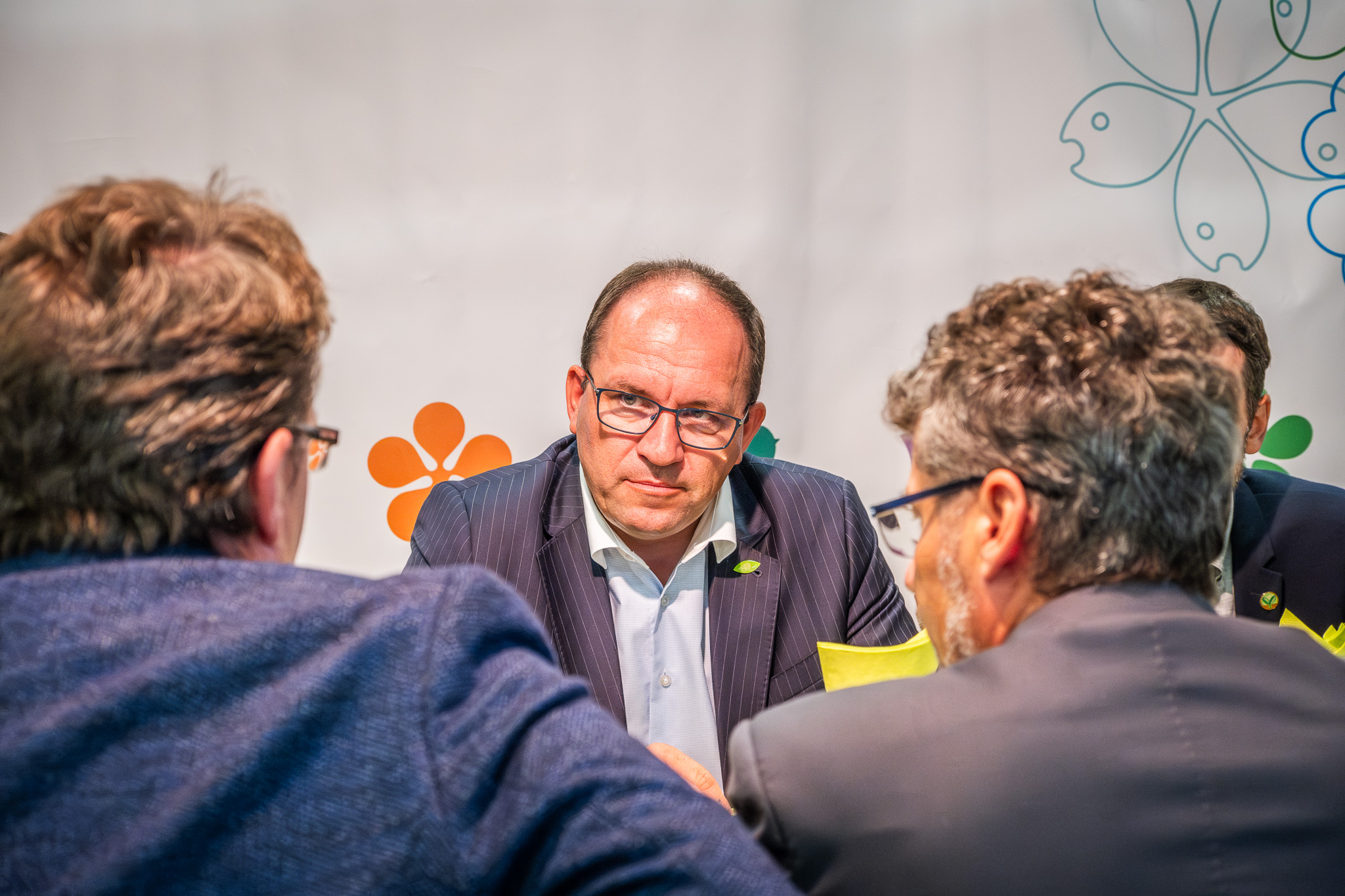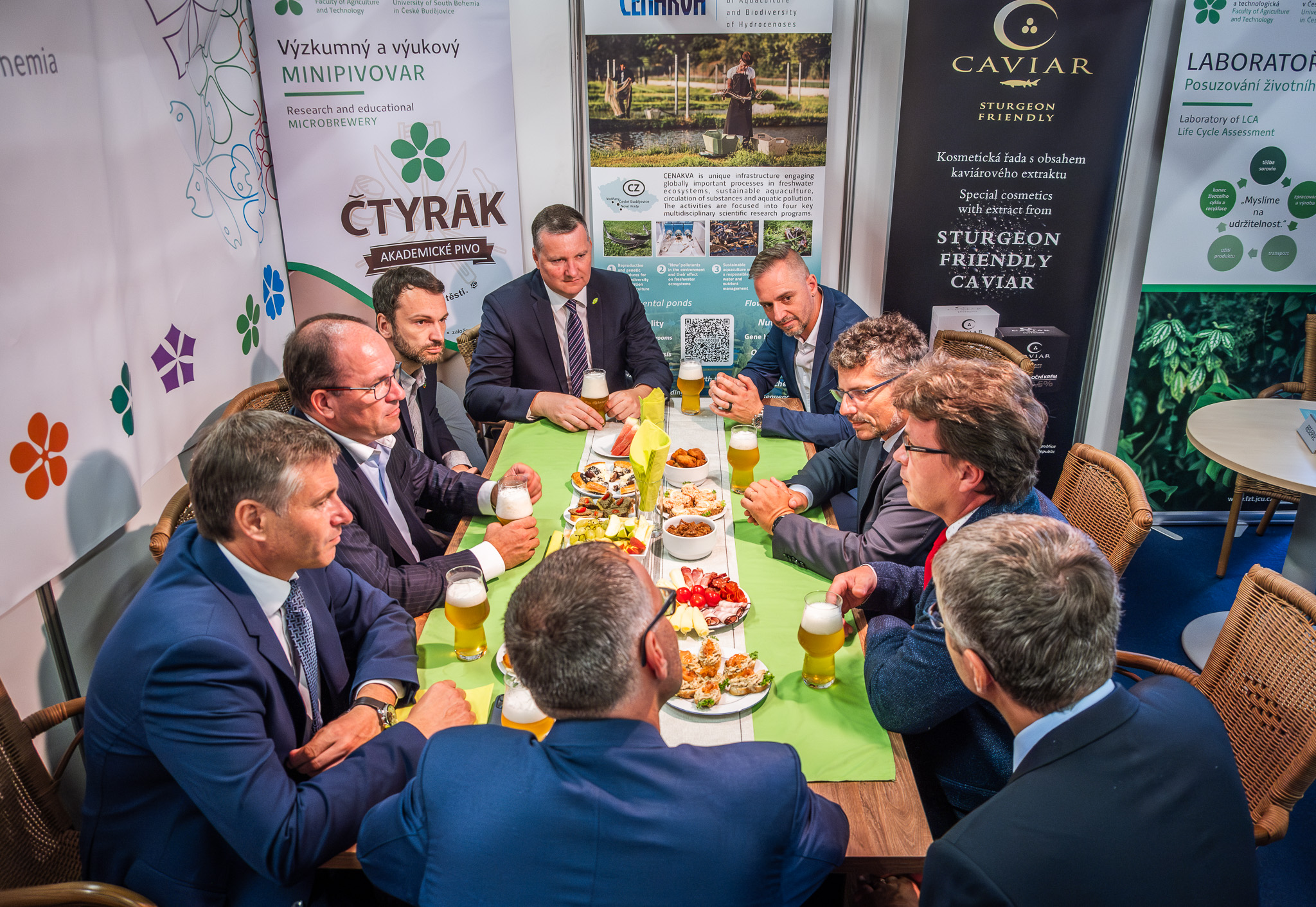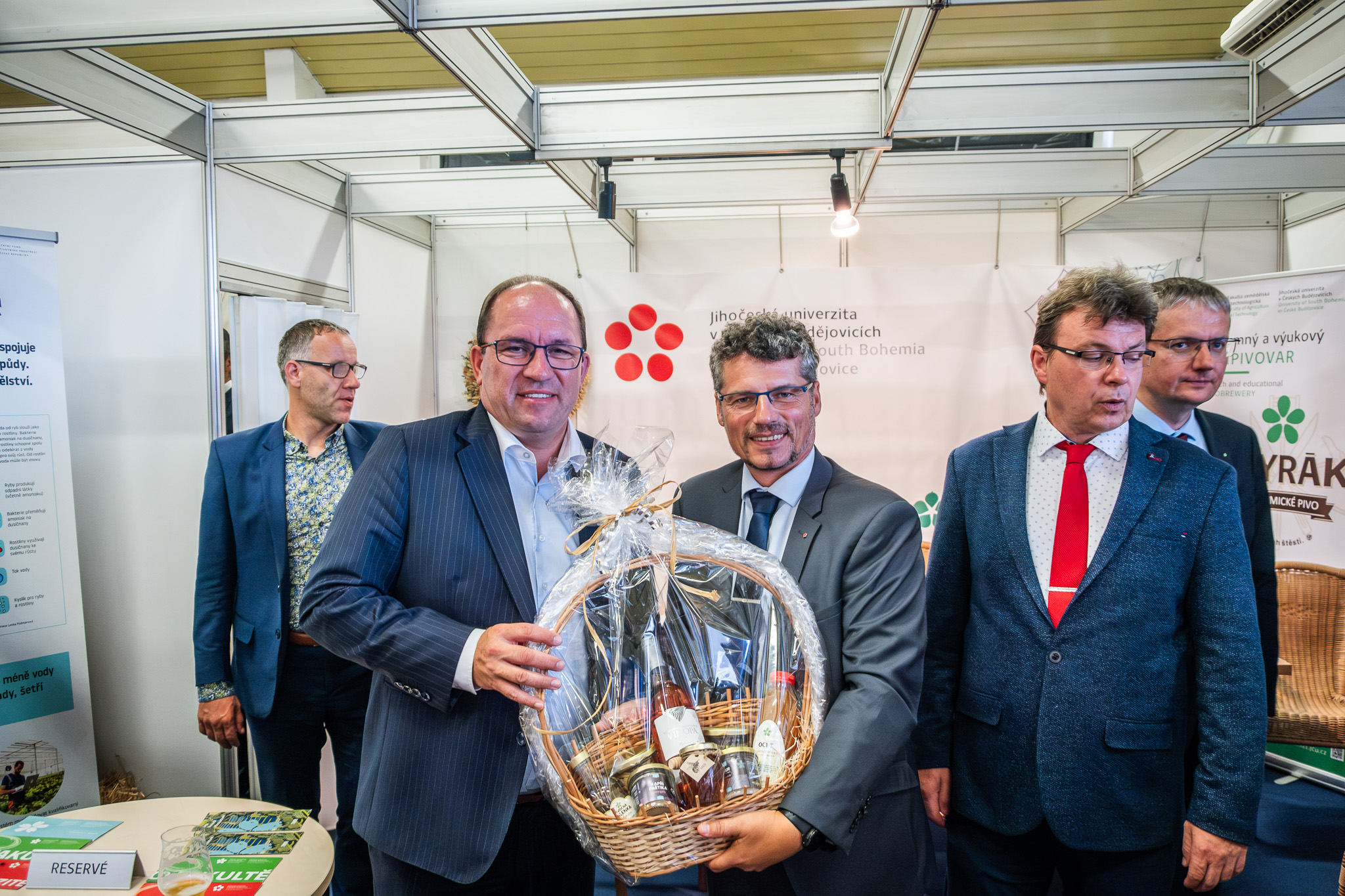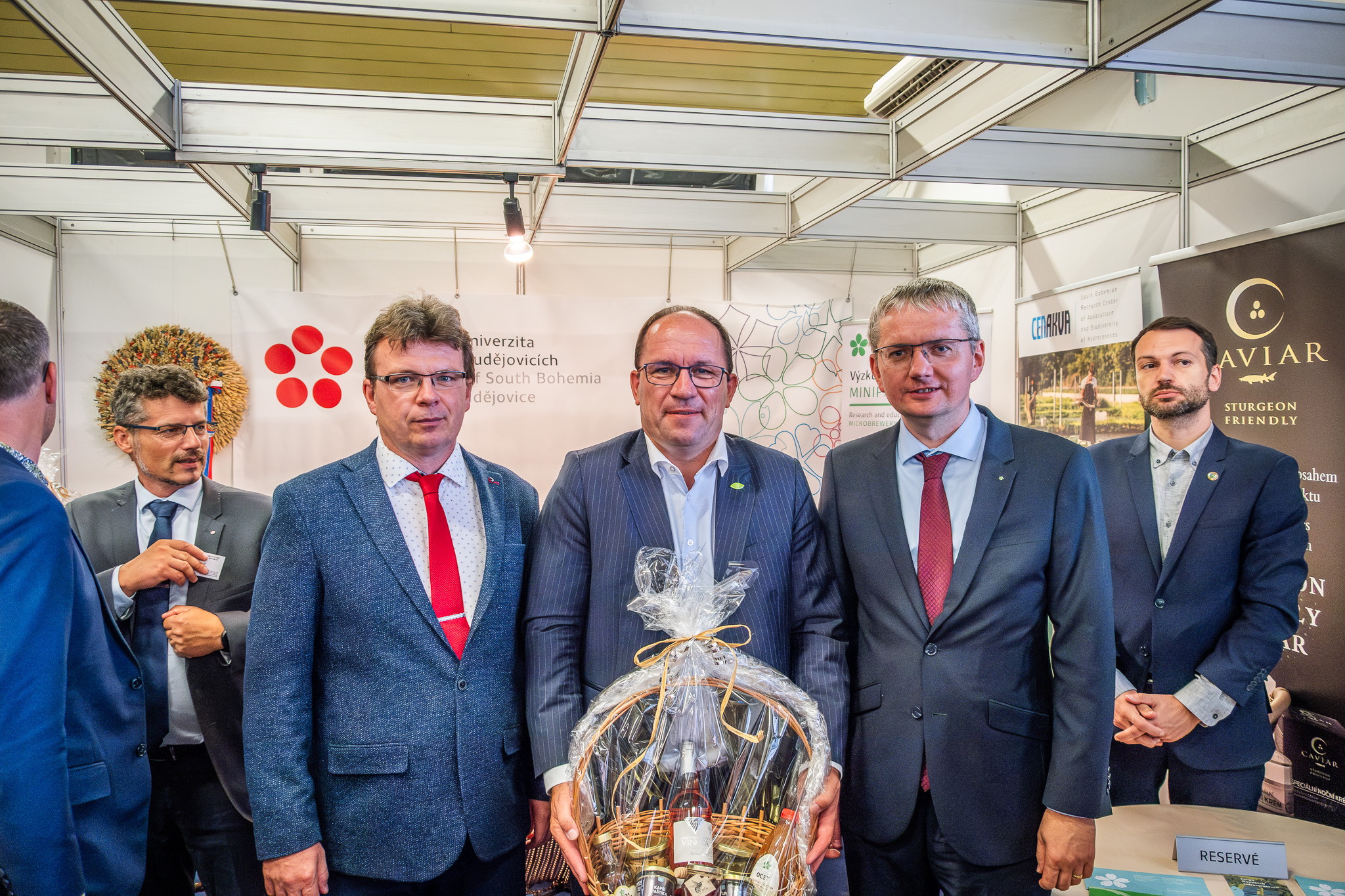Estimates of the global economic burden caused by invasive species are severely underestimated. Scientists from the Faculty of Fisheries and Protection of Waters at the University of South Bohemia in České Budějovice combined models of invasive species distribution with macroeconomic and environmental projections and calculated that the currently known costs associated with these species are underestimated by more than 1,600 percent, according to current databases.
The findings, based on data from 162 analyzed invasive species, highlight potential emerging damages and can help individual countries better plan effective measures to manage the occurrence of these organisms. The research was published by scientists in the prestigious journal Nature Ecology & Evolution.
Biological invasions represent a global threat to biodiversity and the economy and are implicated in 60% of recorded worldwide extinctions of various species. Previous estimates of the financial costs associated with invasive species were based only on a few documented cases from a limited number of countries—mainly from Europe and North America. This led to underestimation, especially in regions with less data coverage, such as Africa and Asia.
To provide a more accurate estimate of global costs, scientists Ismael Soto (University of South Bohemia), Brian Leung (McGill University, Montreal, Canada), and their colleagues combined estimated expenses (including damage to agriculture and management costs) at the national level for 162 invasive species with models of their global distribution. These species included, for example, the Asian tiger mosquito, the American bullfrog, and the tree of heaven. The authors then modeled the costs associated with these species in other countries as well, including 78 states where such data had previously been lacking. The total global costs were estimated at approximately 35 billion US dollars annually over the past 60 years, an amount comparable to global spending on extreme weather events caused by climate change.
Europe paid the most for invasive species during this period (an estimated 1,584 billion dollars), followed by North America (226 billion dollars) and Asia (182 billion dollars). The highest costs were caused by invasive plants—for example, butterfly bush, water hyacinth, or alligator weed formed the group with the highest total estimated costs over the last 60 years (926 billion dollars). Arthropods (830 billion dollars) and mammals (263 billion dollars) also ranked high in expenditure.
“I consider the research to be timely and very beneficial. It deals with one of the most persistent challenges in our field—underestimation and geographical biases in the cost estimates of invasions. Personally, I see it as a kind of ‘wake-up call’—a basis for future research,” says the article’s author Ismael Soto from the University of South Bohemia.
The results of the research improve our understanding of the financial costs associated with invasive species at the national level. At the same time, they highlight the urgent need for regionally focused strategies and policies to mitigate the impacts of invasive species around the world.
Odhady celosvětové ekonomické zátěže způsobené invazními druhy jsou silně podhodnocené. Vědci z Fakulty rybářství a ochrany vod Jihočeské univerzity v Českých Budějovicích propojili modely rozšíření invazních druhů s makroekonomickými a environmentálními projekcemi a spočítali, že dosud známé náklady spojené s těmito druhy jsou podle aktuálních databází podhodnocené o víc něž 1 600 procent.
Zjištění, která vycházejí z dat o 162 analyzovaných invazních druzích, upozorňují na možné vznikající škody a mohou pomoci jednotlivým zemím lépe plánovat účinná opatření pro zvládání výskytu těchto organismů. Výzkum vědci publikovali v prestižním časopise Nature Ecology & Evolution.
Biologické invaze představují globální hrozbu pro biodiverzitu i ekonomiku a podílejí se na 60 % zaznamenaných celosvětových vyhynutí různých druhů. Dosavadní odhady finančních nákladů spojených s invazními druhy byly založeny pouze na několika zdokumentovaných případech z omezeného počtu zemí – převážně z Evropy a Severní Ameriky. To vedlo k jejich podhodnocení, zejména v regionech s menším pokrytím daty, například v Africe a Asii.
Aby poskytli přesnější odhad celosvětových nákladů, spojili vědci Ismael Soto (JU v ČB), Brian Leung (McGill University, Montreal, Kanada) a jejich kolegové odhadované výlohy (včetně škod v zemědělství a výdajů na jejich management) na národní úrovni u 162 invazních druhů s modely rozšíření těchto druhů po světě. Mezi tyto druhy patřili například komár tygrovaný, skokan volský nebo strom pajasan žláznatý. Autoři následně modelovali náklady spojené s těmito druhy i v dalších zemích, včetně 78 států, kde dosud taková data chyběla. Celkové celosvětové náklady byly odhadnuty na přibližně 35 miliard amerických dolarů ročně za posledních 60 let, což je částka srovnatelná s globálními výdaji na extrémní projevy počasí způsobené klimatickou změnou.
Nejvíc za invazivní druhy v tomto období zaplatila Evropa (odhadovaných 1 584 miliard dolarů), následovala Severní Amerika (226 miliard dolarů) a Asie (182 miliard dolarů). Nejvyšší náklady si vyžádaly invazní rostliny – například komule Davidova, vodní hyacint nebo zakucelka byly skupinou s nejvyššími celkovými odhadovanými náklady za posledních 60 let (926 miliardy dolarů). Dále se v žebříčku výdajů umístili členovci (830 miliardy dolarů) a savci (263 miliardy dolarů).
„Výzkum považuji za aktuální a velmi přínosný. Zabývá se jednou z nejtrvalejších výzev v našem oboru – podhodnocováním a geografickými zkresleními v odhadech nákladů invazí. Osobně ho vnímám jako takový „budíček“ – základ pro budoucí zkoumání,“ říká autor článku Ismael Soto z Jihočeské univerzity.
Výsledky výzkumu zlepšují naše chápání finančních nákladů spojených s invazními druhy na národních úrovních. Zároveň zdůrazňují naléhavou potřebu regionálně orientovaných strategií a politik, které by zmírnily dopady invazních druhů po celém světě.
A valuable discussion between the Rector of the University of South Bohemia and the Minister of Agriculture, Mr. Marek Výborný, took place at the 50th edition of the Země Živitelka event.
The discussion was also joined by the Dean of the Faculty of Agriculture and Technology, Petr Bartoš, and the Dean of the Faculty of Fisheries and Protection of Waters, Tomáš Policar.
The main topics of the discussion were the deepening of cooperation between the Ministry of Agriculture and the University of South Bohemia, the implementation of the Agriculture 4.0 concept, where the University of South Bohemia is one of the leaders in this field, the development of doctoral programmes and the strengthening of the link between academia and practice. Support from the Ministry of Agriculture, which is crucial for the development of innovative agricultural technologies and sustainable farming, was also discussed.
The deans of the faculties appreciated the approach of Minister Výborný and highlighted the importance of cooperation with the Ministry for the further development of agricultural research and education in the Czech Republic.
Na 50. ročníku agrosalonu Země Živitelka proběhla přínosná diskuze mezi rektorem Jihočeské univerzity a ministrem zemědělství panem Markem Výborným.
K diskuzi se připojili také děkan Fakulty zemědělské a technologické JU Petr Bartoš a děkan Fakulty rybářství a ochrany vod JU Tomáš Policar.
Hlavními tématy diskuze byly prohloubení spolupráce mezi Ministerstvem zemědělství a Jihočeskou univerzitou, implementace konceptu Zemědělství 4.0, kde Jihočeská univerzita patří k lídrům v této oblasti, rozvoj doktorských programů a posílení propojení mezi akademickou sférou a praxí. Diskutována byla rovněž podpora ze strany Ministerstva zemědělství, která je klíčová pro rozvoj inovativních zemědělských technologií a udržitelného hospodaření.
Děkani fakult ocenili přístup ministra Výborného a vyzdvihli význam spolupráce s ministerstvem pro další rozvoj zemědělského výzkumu a vzdělávání v České republice.
